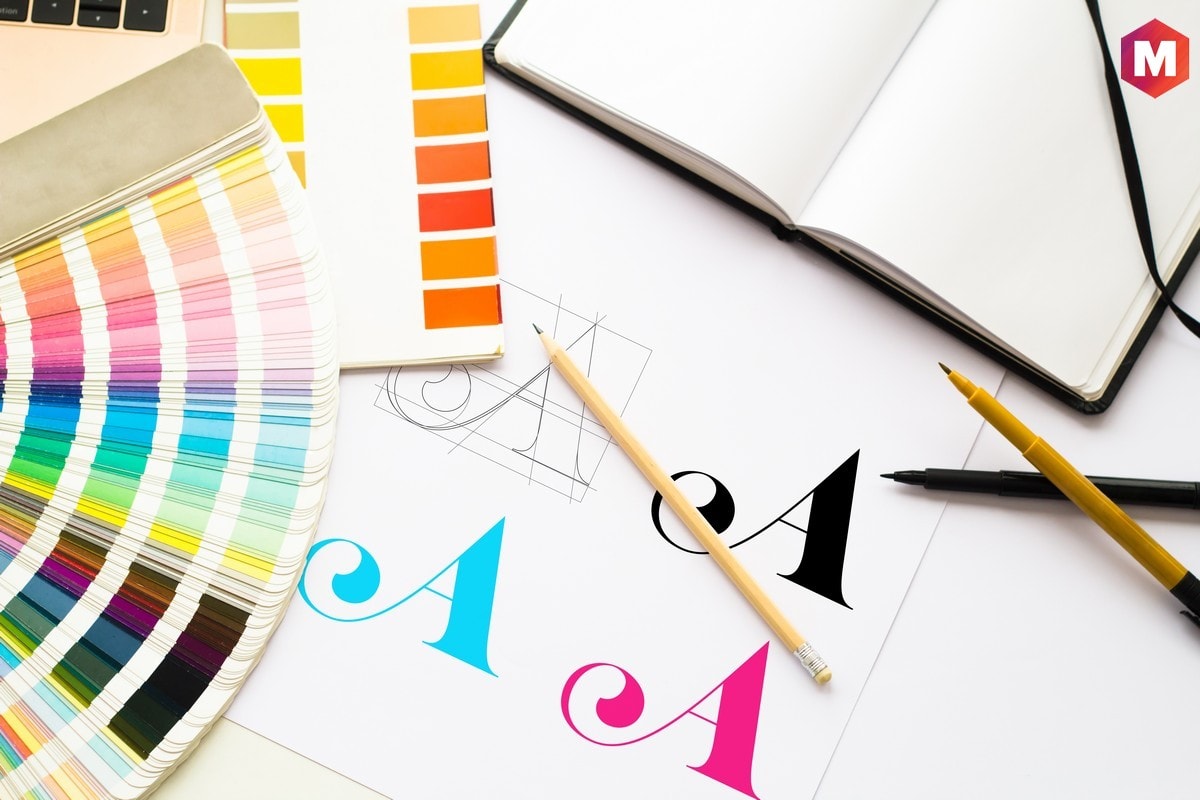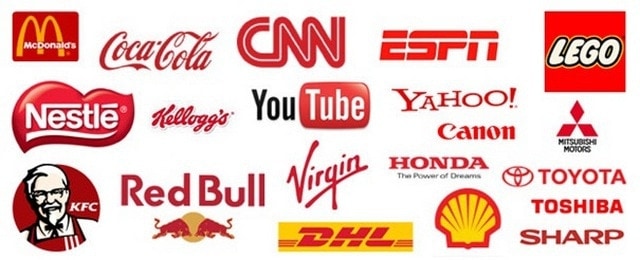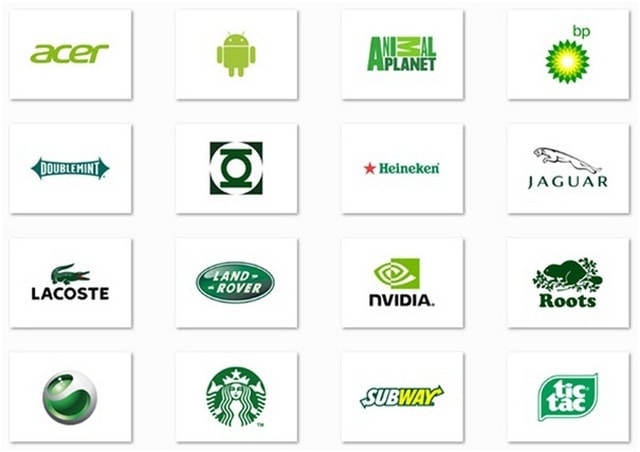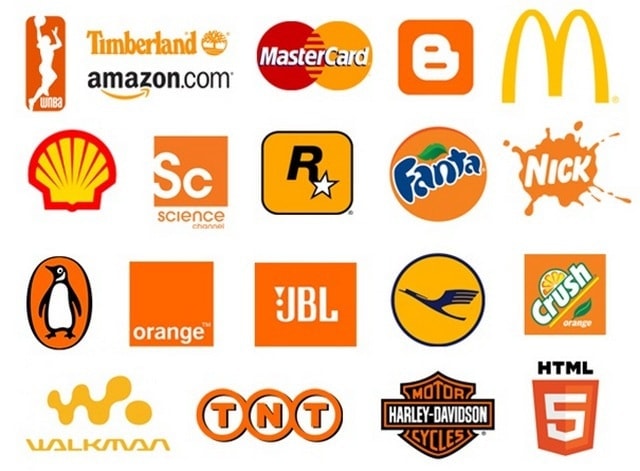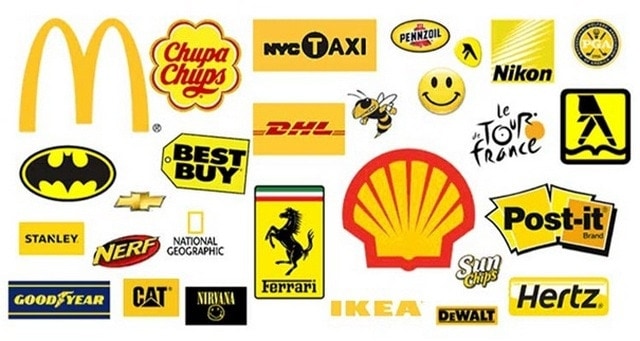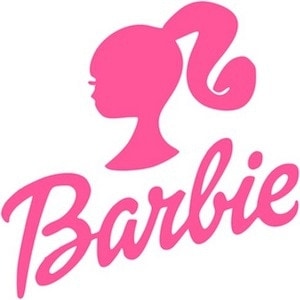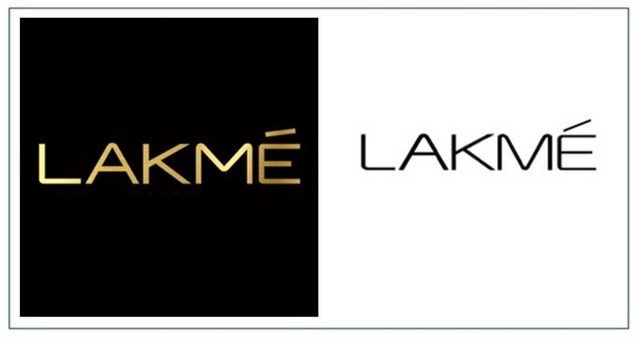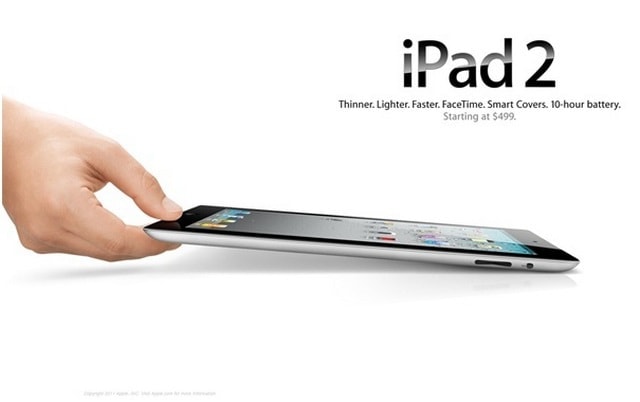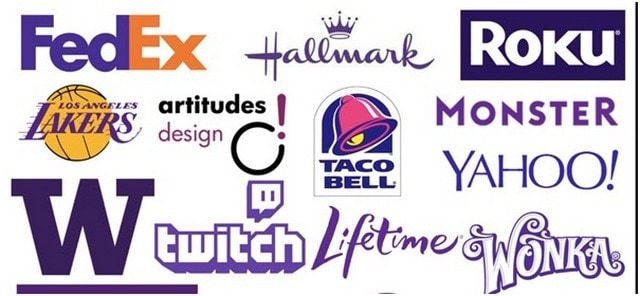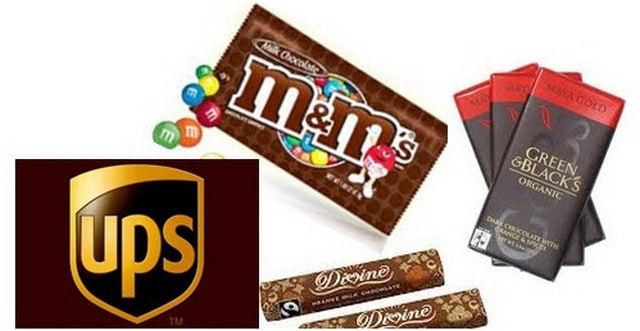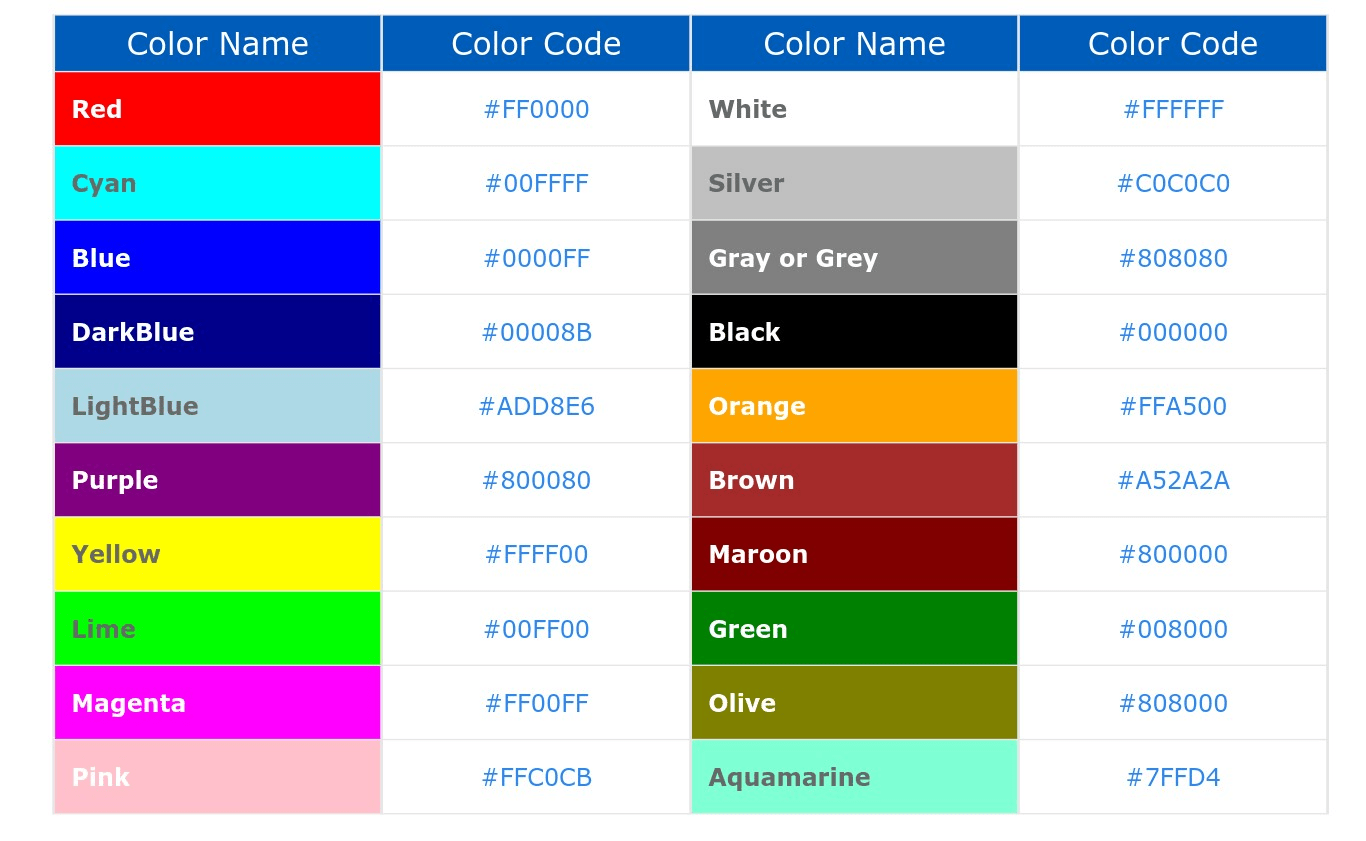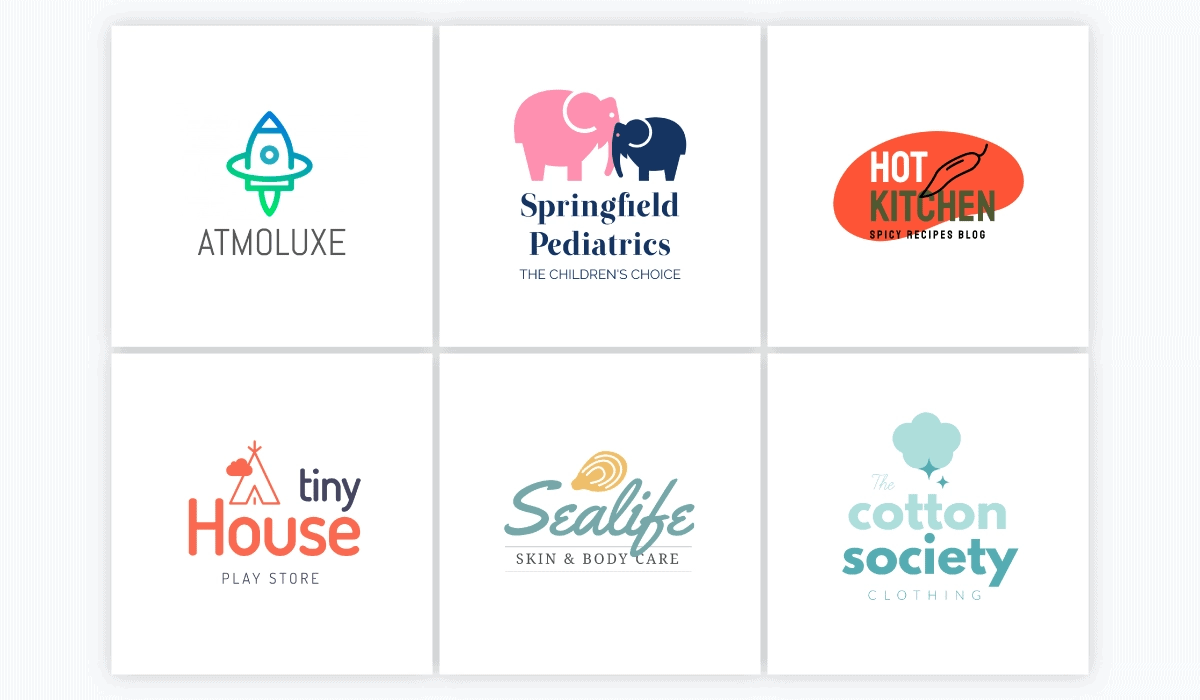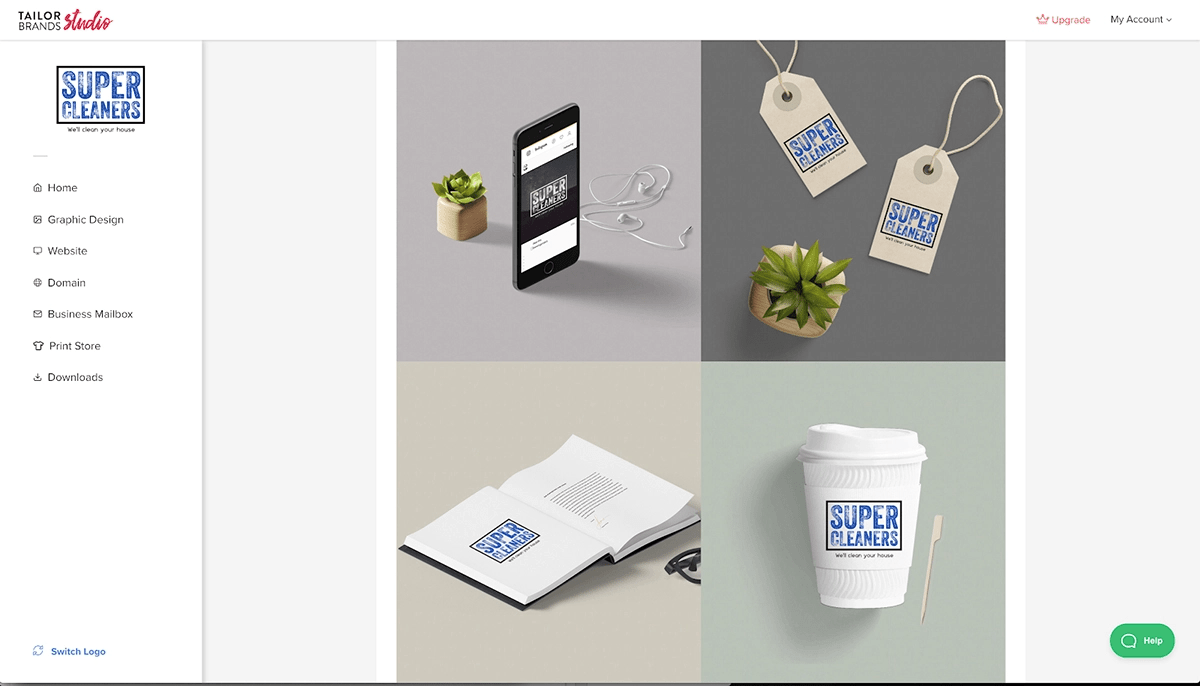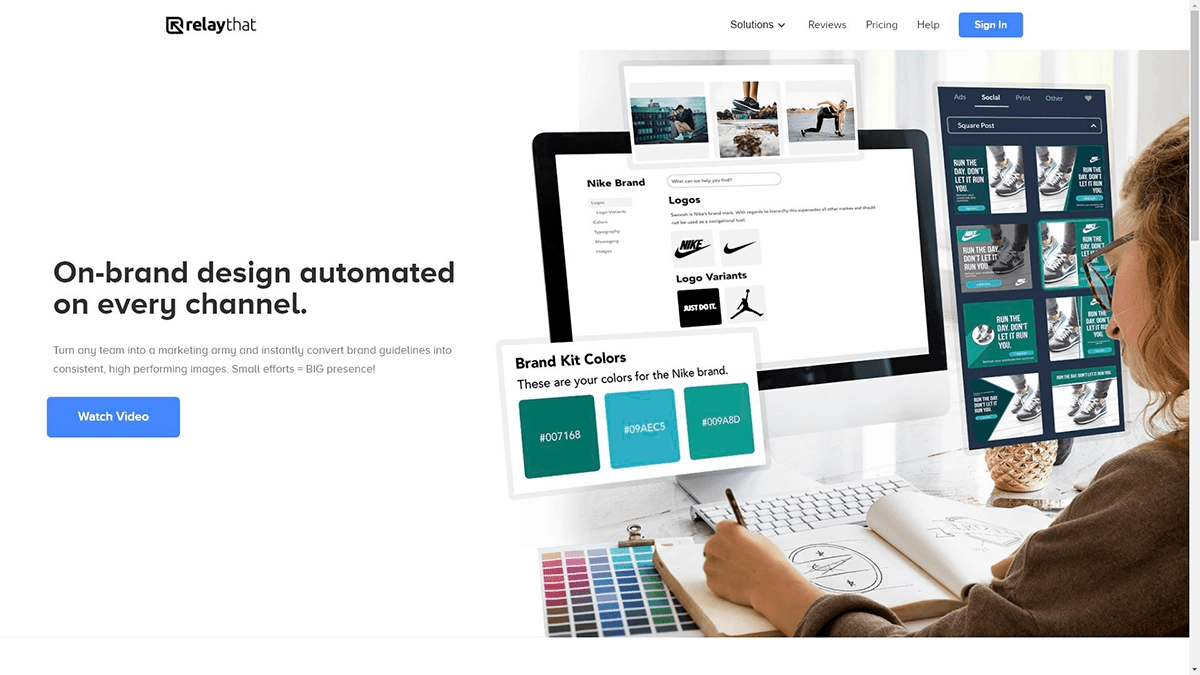Brand colors are a palette of the few colors used for representing a brand’s personality, or creative identity. The right use of brand color palette is effective in increasing the recognizability and awareness of a brand.
Brand colors, even before brand ambassadors, are the primary face of every brand. The brand colors are chosen based on how well they appeal to the target demographic. These colors are responsible for imprinting the brands on the hearts and minds of the target audience.
Table of Contents
What are Brand Colors?
Definition – Brand colors are defined as the color combinations and palettes that suit the brand’s style or personality and are used to demonstrate the brand’s visual identity.
The colors of a brand are chosen with the sort of audience in mind. Every color has a purpose in conveying the brand’s message.
Importance of Brand Colors
Brand colors are undoubtedly important since firms spend substantial effort selecting the correct brand colors. As per research-
Around 85% of consumers believe colors are the biggest motivator while opting for a product. In addition, around 92% of consumers consider visual identity as the most persuasive marketing factor overall.
A few examples of the significance of brand colors are as follows:
1. Psychology Relation
Humans are a brand’s target audience, and each works on their psychology. Thus, brand colors aid in capturing and appealing to the target audience’s psychology. The appropriate color imprints the right feelings on the viewers, increasing the brand’s credibility among the audience.
2. Expresses the brand
The brand’s color is far more expressive than any individual speaking about the brand. The emotions represented by different colors aid in creating nonverbal communication between the target audience and the brand recognition. These colors are used for the effective branding of a business.
3. Increase in sales
Colors have been shown to improve a brand identity, exposure or awareness in several cases. However, there have been researches that show that brand color impacts client purchasing decisions. As a result, a rise in sales is unmistakable. It affects a business’ presence on traditional as well as social media.
Types of Brand Colors
Two different types of brand colors are:
1. Primary Brand Colors
These are the main color that is consistently used across a brand’s visual appeal, as they are central to the visual identity. For example, the primary color of Coca-Cola is red.
2. Secondary Colors
These are the complementary colors use to complement the primary brand colors. They can be changed as per the change in strategy, trends, or goals.
What do Different Branding Colors Mean?
1) Red Color
Since decades gone by, we have used the red color from the color wheel to depict our love or even hatred for something. When a person gets angry, he turns red. When a person loves someone, he shares a red rose. The color red does not stand individually for love or hate. It stands for passion and being passionate.
Some of the most iconic brands use the brand color red as the predominant brand color. Coca-Cola, McDonald’s, Lego, Honda are some of the brands which use the red color in branding. These brands are known to be energetic and red color has a list of some of the most loved brands in the world.
2) Blue Color
If there were an arch nemesis in colors of branding, then Blue (or dark blue) would be the arch nemesis of Red. This is because the most common brand colors in use are the red color or the Blue color. The above graph makes a clear differentiation between blue and red.
Facebook, IBM, Dell, Paypal, Wordpress, AOL and several others are brands which use Blue as the main color of branding.
The color Blue stands for security, efficiency, and productivity. Technology products are generally colored blue because they want to denote that their products are secure and efficient. Similarly, many in the services industry also use blue color to show security and efficiency.
3) Green
Going green is a famous terminology used in the business circles which stands for a company which wants to conserve energy and reduces pollution. In essence, the brand color green stands for Cleanliness, freshness and renewed energy.
Many many organic and agricultural brands use green as their color. However, green is a popular color in other products such as Lacoste, Subway, Starbucks, Android, and others. Even fitness brands use the color green quite frequently.
4) Orange
Orange stands for fun and adventure and if you see, some of the brands associated with it want to target fun and adventure as their selling points. Nickelodeon has brand personality traits known for its value in entertainment.
Same goes for Fanta. Fanta is known to be the drink which promotes having fun while having a cold drink. We have Rockstar as a brand listed over here which is the brand behind Grand theft auto and such really amazing games which their customers love and dote upon. Harley Davidson too uses a dark orange color and so does JBL.
The color orange can work well for the zazzy type of brands which want to shake things up.
5) Yellow
Yellow is associated with the sun and just like the sun, most products in yellow can bring warmth and cheeriness. Yellow is a color most often used in the background of logos and it is generally used in addition to a different color.
6) Pink
The color pink stands for softness, care, and comfort. Pink is one of the most widely used colors in the cosmetic industry as well as in the personal care industry. Quite recently, the differentiation of the colors viz Pink stands for girls and Blue stands for Boys is being adopted more and more and hence most women-oriented products are generally using pink colors.
However, pink is not a color which has a basis of gender only. Brands like Taco Bell, Donut King, and others use the pink color as well.
7) Black
Black stands for strength and regularity. However, there are two ways the black color is used most predominantly in brand recognition.
One is when it is used for the font in the brand logo when the background is a completely different and attractive color. The other is when the font is of another color and the background itself is black.
Above is an Image of the Lakme with black being used for brand colors. The same color black is used in 2 different ways.
Once it is used for the font color and the white color is used in the background whereas in the other image, the black color is the background and the font is of golden color. Both the cases give an elegant appearance.
8) White
White stands for elegance and is again a color which is mostly used as a background. One of the brands which I most respect because of their fantastic usage of white color in their advertisements is Apple. Apple also has one of the most famous logos which is a simple combination of a black color apple with a white background.
Another combination of white and black is Nike with its black background and the white swoosh. These are two big brands we are talking of, both of them the leaders of their individual industries. This is why they can easily carry the elegance of white on their shoulders.
There are two more brand colors which are not so prominent but deserve a mention.
9) Purple
Again a brand which is used predominantly in the beauty and cosmetic industry as well as in luxury brands. Purple is a symbol of nobility and wealth and is generally used to denote premium products or services.
A brand which wants to show that it is premium can differentiate itself by using the color purple.
Some of the most known brands which use the purple color are FedEx, Cadbury, Yahoo, Hallmark cards, Monster.com and many others.
10) BrownMonster.com
The color brown is a strong color which is closely associated with earthiness, honesty, and dependability. Brown is used very less as a brand color and if it is used, it is mostly used in the food industry.
Above are some brands which use the brown color as their brand colors – UPS, M&M’s and green and black. Do note – Brown has rarely used alone and it is used in combination with others.
Which Colors do Top Brands Prefer?
Blue color tops the chart as around 33% of the top 100 brands uses this then comes the red which is used for 29% of the brands.
Black or greyscale comes at third place with 28% while yellow or gold is used by 13% of the brands.
In addition to this, 95% of these top brands prefer opting for one or two colors.
How to pick the right Brand Color Combinations?
Choosing the correct hue for one’s brand may be a difficult task. So, read through the things listed below to make the job of selecting a brand’s color scheme easier-
1. Get to know the brand personality traits
Initially, businesses should focus on outlining the key aspects of their brand. The brand’s message and strength must be carefully analyzed before expressing it with the appropriate color.
The kind of perception you want to create in the minds of your customers will help you finalize your brand colors.
Using colors that do not match the personality of the brand is a recipe for disaster. This is the most crucial stage; if this is done correctly, the remaining things will be much easier to handle.
Think about your brand by analyzing-
- Brand goals
- Target audiences
- Personality traits
2. Research about the competitors
Being different from the competition is key to attracting the audience’s attention when it comes to marketing. As a result, evaluating the competitors becomes critical to avoid confrontations.
The companies must first study the color psychology utilized by their competitors before attempting to create one distinct from them while still being consistent with the brand’s message.
3. Pick the core color palette
After analyzing the brand’s characteristics, the brand must decide on the best color for its firm. Companies can utilize different colors, but there must be a core color of the firm to communicate the exact message of the brand.
The main color may then be combined with any neutral color to appeal while also communicating the brand’s message. Primary colors can be red, blue, and yellow, as the combination of these three can create any other color.
4. Select a secondary color
No matter a single color would be presented before, but like every brand, there must be a secondary brand color. To choose the secondary color, the same tactic of choosing the core color needs to be applied, i.e., thinking about the value of the brand.
5. Create a color palette
The brands can go for creating a color palette of the colors used in the logos. This can be shared with the different team members to maintain transparency. Most of the famous brands go for creating such a palette for their brand.
10 Brands with effective Brand Color Schemes
1. Starbucks
When we think of this brand, we immediately think of the color green. This is how the brand created its logo; it successfully conveys the business’s concept of being “fresh and inviting” to its audience.
The brand’s primary hue is green, which is blended with other neutral colors to represent the brand’s richness properly.
2. Instagram
Instagram is a vibrant platform in and of itself; therefore, the brand color was intended to reflect the same vibrancy.
And it did it flawlessly; Instagram’s brand logo comprises gradient hues of numerous colors ranging from blue to yellow. It also contains shades of pink, purple, orange, and other colors to convey both intense energy and warmth.
3. Slack
Slack’s color choice is both sophisticated and fun. It is primarily composed of four primary colors: white, black, and two hues of aubergine purple. Blue, green, yellow, and red are accent colors that go with them.
In Slack’s instance, the accent colors, rather than the primary aubergine, take center stage in the logo. The four colors, when combined to form an octothorpe, evoke ideas of teamwork and collaboration.
4. The Guardian
When it comes to brand palette, The Guardian is the most versatile band. The brand’s primary colors are navy blue and brighter hues of yellow. The brand demonstrates its versatility by dividing the significance of each shade into separate areas.
The red color represents news stories, the orange hue represents opinions, and the brown color represents cultural themes.
5. Google
Google is a well-known brand that everyone recognizes, as is its logo. Everyone recalls Google’s trademark colors like blue, red, yellow, and green.
These fundamental hues are complemented by the color white, which is likewise everlasting.
These are followed by tertiary light blue and light green, as well as a variety of grays that serve as neutral hues in information delivery, such as printed text.
6. Dell
Dell has chosen blue as its primary hue to portray a lively and dynamic mood. The brand’s emblem, on the other hand, is separated into three distinct color levels. Purple, orange, white, grey, and berry are among the hues used.
These various color palettes allow the brand logo to be adaptable and communicate diverse emotions via it.
7. MasterCard
The MasterCard logo is made up of two overlapping circles, one red and one yellow, that combine to form a brilliant orange color. This same orange serves as the company’s primary hue, with two tons of grey (bright and dark) serving as backdrop colors.
The MasterCard also includes a different palette for the brand color that includes the colors such as gold, green and yellow.
8. Netflix
Netflix’s brand is strongly connected with the color red. The brand’s red hue is connected with the color black.
When a user opens the Netflix app, they will notice the usage of this color combination across the app, from the logo to the icons.
9. LinkedIn
LinkedIn’s primary color is blue. In addition, the app released a color palette for their logo in which the blue hue was shown as the dominant one rather than being the dominant one.
LinkedIn’s brand color symbolizes the company’s desire to be friendly and powerful to its audiences.
10. Coca-Cola
Coca-Cola is made up of three primary colors: red, black, and white. Many different brands have used the same color combination; however, Coca-Cola is regarded as the first.
Well, keeping a note, the black color used in the logo isn’t the exact Black color but a shade lighter.
Formula for Building a Brand color Scheme and Strategy
Deciding the brand colors is only the start. After that the brand gathered this useful information, it turned out to be the time to design the logo.
There are several tools available to assist the companies in developing a brand based on the brand color strategy, as well as they help maintain a strong brand presence.
Some of these tools are mentioned below-
1. Visme
This software enables many processes related to developing a brand identity to be completed on a single platform. Visme assists in the creation of brand mood boards that are related to the color palettes chosen for the companies. The users can then proceed to design their brand’s logo.
With the assistance of this software, brands can quickly organize the right font and colors. Visme assists businesses in building a full brand kit, making their work easier.
2. Tailor Brands
This software gives the user AI assistance to enable them to complete the job of developing a logo quickly. It is one of the simplest apps for creating logos for businesses.
The software would ask users to answer a few questions and then design a logo based on the answers they provided. This software assists businesses in documenting their brand vision and presenting it to team members.
3. InVision
This app provides a proper guide for creating the visual effects for the website and app needs of the brands. It also assists the brands in choosing the correct coloring for the logo and then placing the chosen colors in the logo.
The app can help from choosing the right font to choosing the right size for the buttons for the brand’s app or websites. The companies can access the guidelines kit of InVision to make their work simpler.
4. RelayThat
Companies only need to enter the critical information into the app, and the AI system will handle the rest on its own. The information requested may include the size to enter, visual needs, and preferred requirements for the brand logo.
The brand might have several alternatives to select from based on their requirements. It is one of the most successful tools for creating logos for businesses and delivering exactly what they desire.
Conclusion
Brands should choose the correct color to capture the attention of their target audiences.
They must capture their psychology by giving an emotive visual identity with which consumers may relate. These colors can be utilized to represent the brand’s strength, message, or sentiments.
Did you know the impact of color on consumer purchasing decisions?
According to research published in the journal Management Decision, color increases brand recognition by up to 80% (Satyendra Singh, “Impact of color on marketing,” 2006). This emphasizes the importance of carefully selecting brand colors to enhance visibility and build a strong identity in the market.
Furthermore, a study by Kissmetrics found that 85% of consumers cite color as the primary reason for buying a particular product (Kissmetrics, 2015). Understanding color psychology can therefore be instrumental in influencing consumer behavior and boosting sales.
Liked this post? Check out the complete series on Branding
